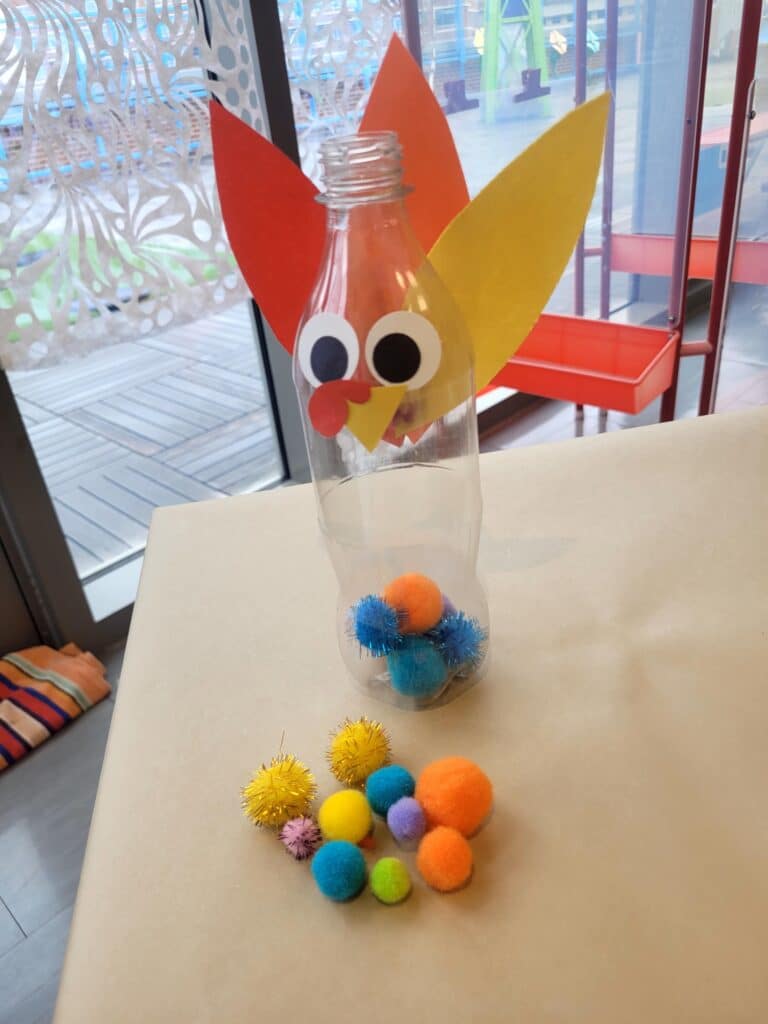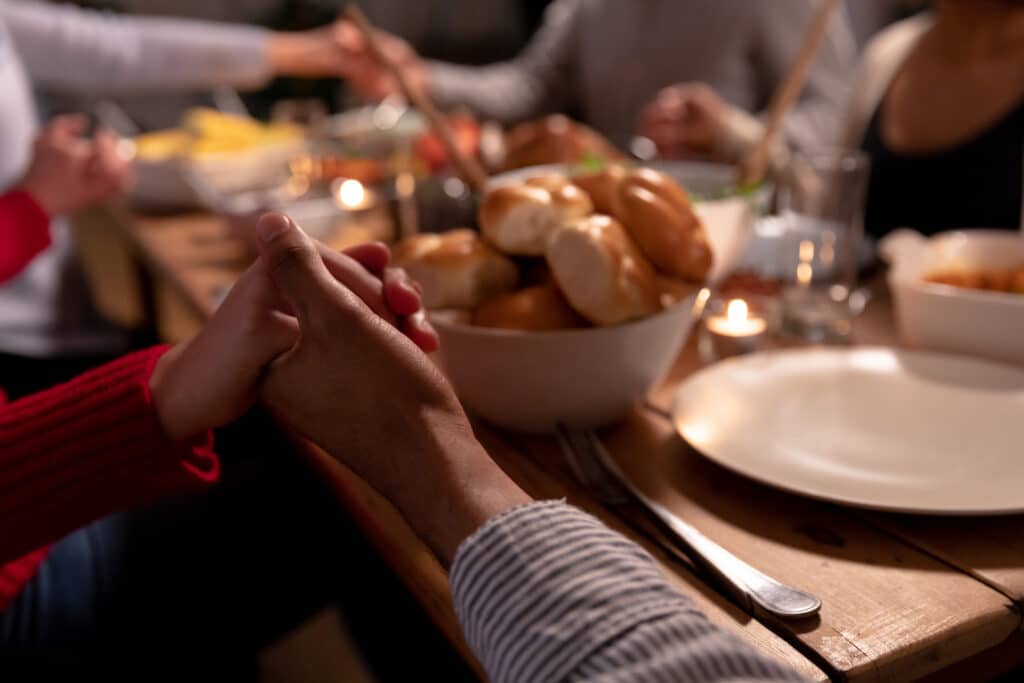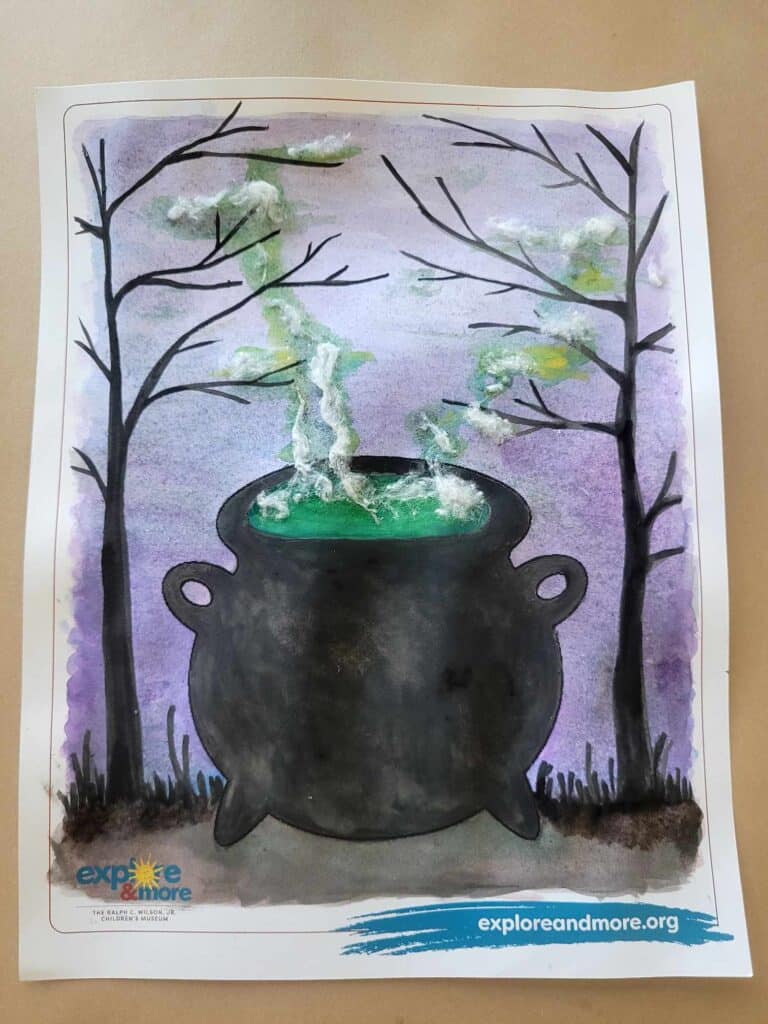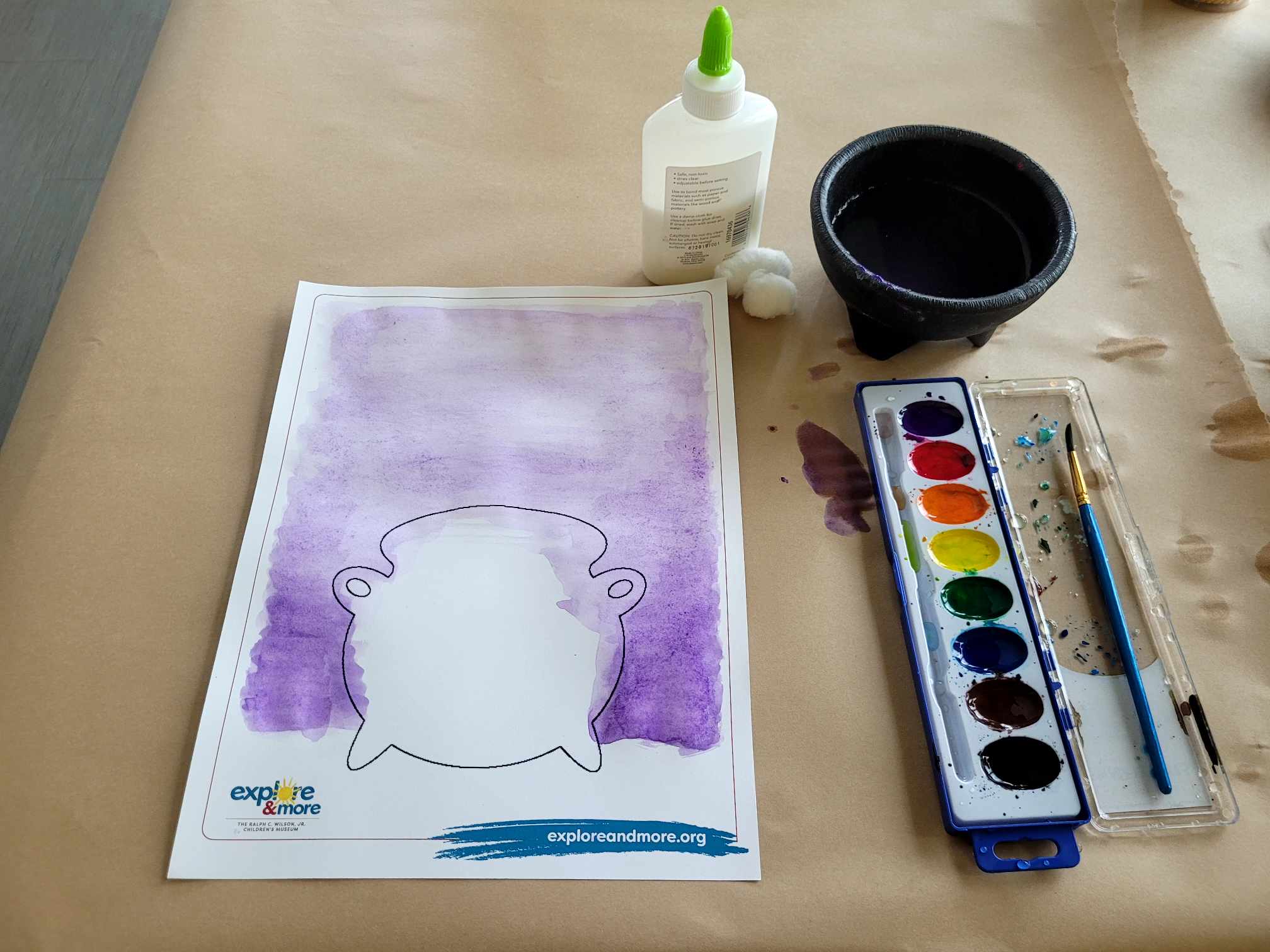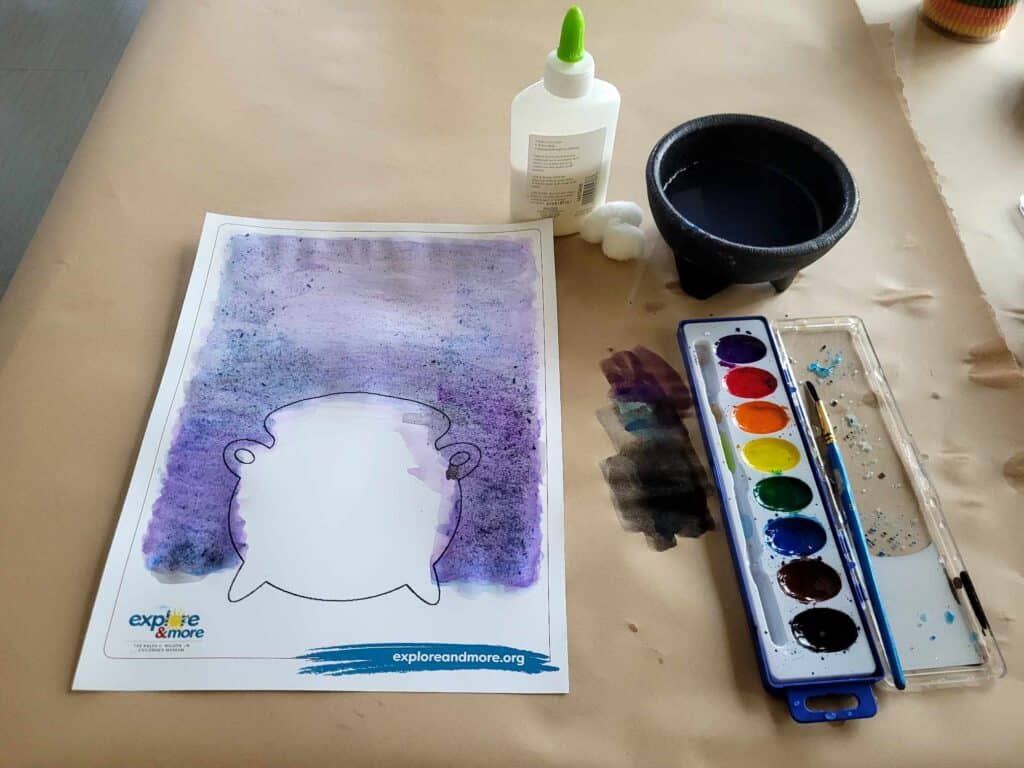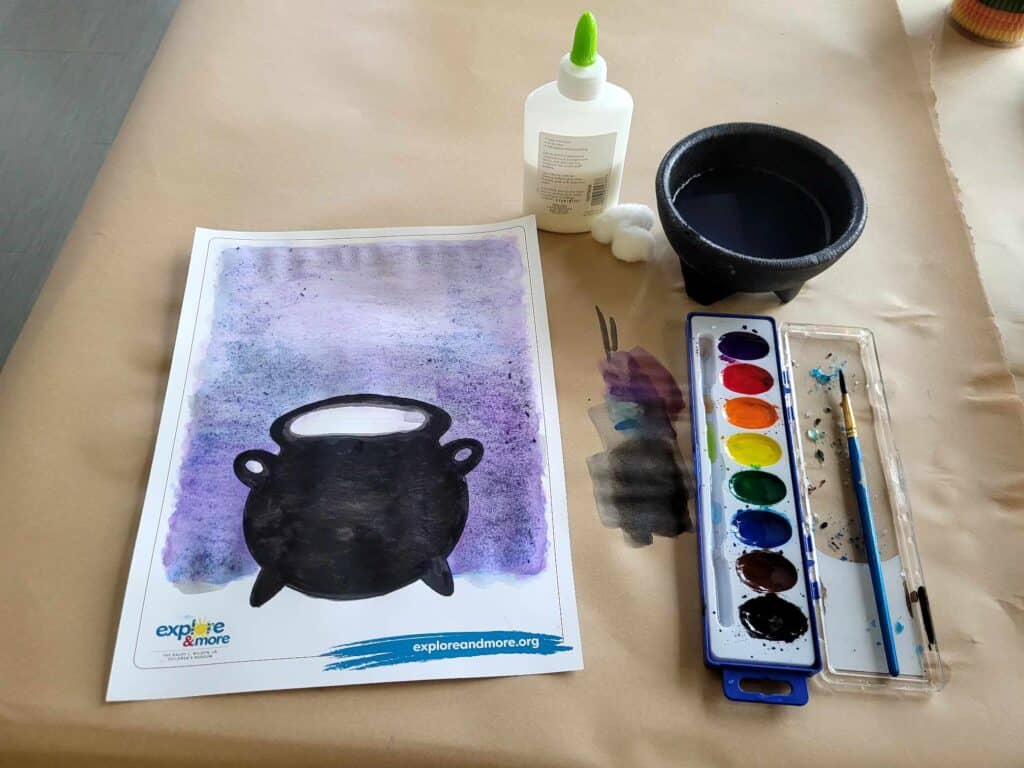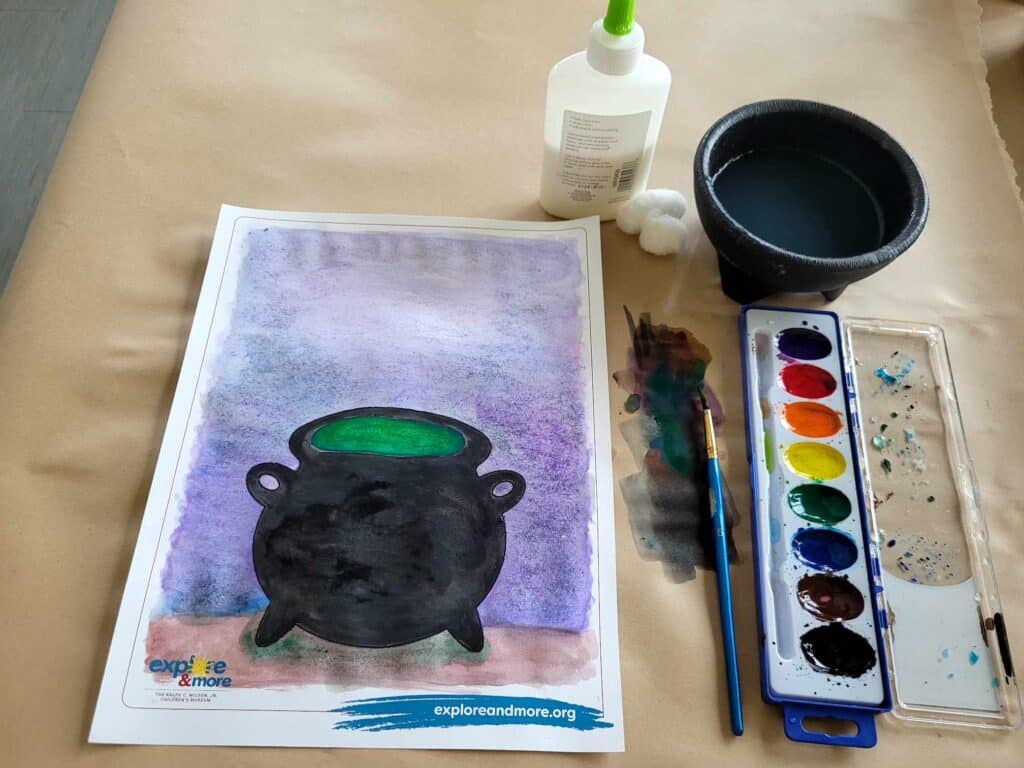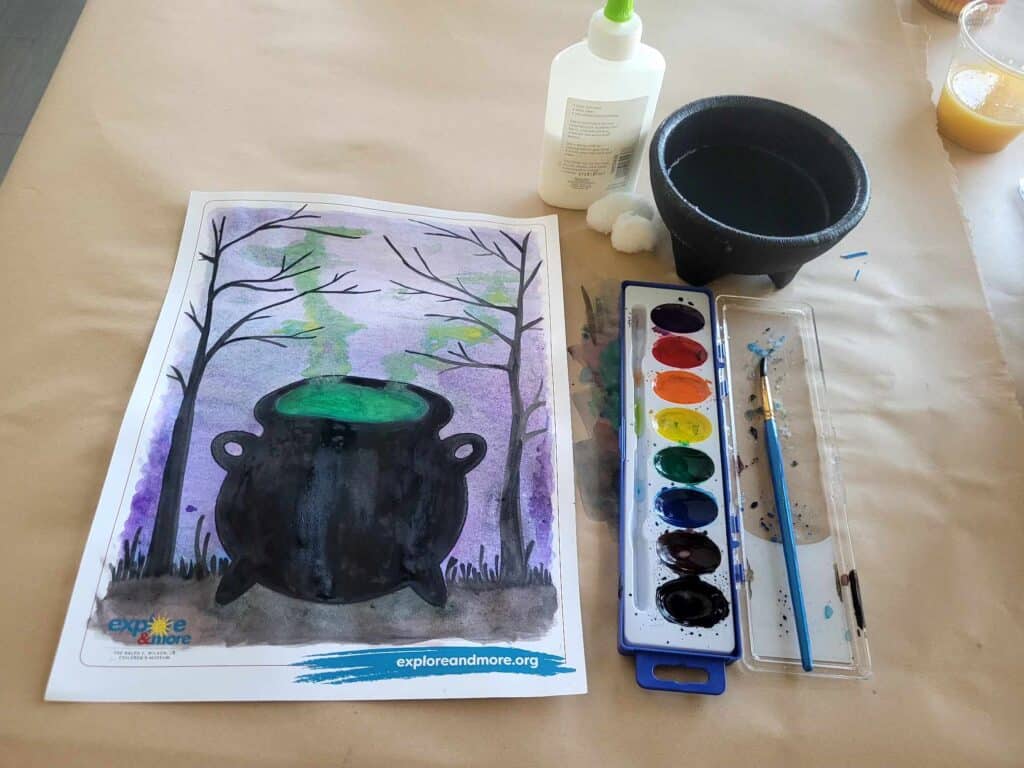
By Val Drapeau
Did you know that each November UNICEF’s annual World Children’s Day is celebrated? This holiday is an annual day of action for children, and one that marks the Convention on the Rights of the Child being adopted. What kind of action do we mean? Issues that matter to our youngest generations. I am a mom of four kiddos and when asking them what issues of the current day matter the most to them, here is what they said:
Bullying, mental health and helping children cope with anxiety and depression, and safety in our community, were just some of the things that they shared.
So how can we help our children stand up for their rights and for the causes that are most important to them, to create a better future? Here are some ideas:
- Take the time to listen! Children are very observant of their surroundings and may have a lot to share about what they see in their community.
- Put the “act” in activism! Find a service opportunity in your community that you and your family can participate in together. Even our youngest friends can help to make a difference! Maybe you can safely pick up trash together in a neighborhood park or encourage them to look for a friend at lunch who might be sitting alone, where they can step out of their comfort zone to make a new friend by sitting with them.
- Keep the conversation going! Talk and encourage your child to ask questions that they may have about their school or community and sometimes even the tough things that they may see or encounter. Ask them what they could do to help make a change in that situation!
Another way to acknowledge this exciting opportunity is to turn the world blue! On November 20th show your support for World Children’s Day by wearing something blue. Many organizations around the world will light up their buildings blue for this cause as well! Here at Explore & More, we are always looking for ways to help children and families learn and grow by highlighting causes like this. Join us in the museum this November as we play into possibilities and seek to make a difference together!


